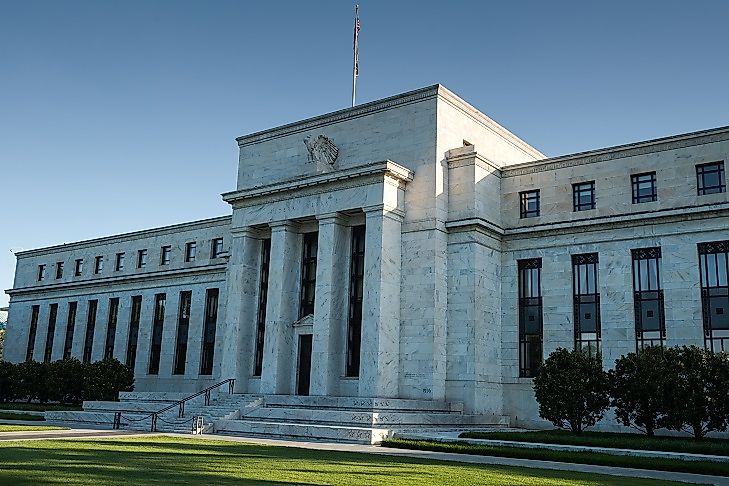What Is A Central Bank Or A Reserve Bank?

A central bank, reserve bank, or monetary authority is a monopolized, national institution that manages the currency, money supply, and interest rates of a country. It is mainly responsible for the monitoring the commercial banking system with the aim of preventing reckless and fraudulent behaviors and the management of the national currency including the legal tender to print money. Money supply is controlled by the central banks through the formulated monetary policies like the management of the interest rates, buying and selling of the government bonds, and the setting of the bank reserves.
History of Central Banks
In the Middle Ages in Europe, the Knights Templar ran a model of the central banking system which had a highly respectable promise to pay. The majority of their activities are believed to have laid a basis for the modern banking system as before the 17th Century the majorly used form of currency was the commodity money such as gold. The song dynasty era of the Chinese history was the first to issue circulating paper currency while the Yuan Dynasty, china’s empire. The bank of Amsterdam established in 1609 was also an important precursor to modern central banks as they offered accounts not directly convertible to coin. The Bank of England founded in 1694 by Charles Montagu has been a basic model for most modern central banks in the world. There has been a major spread and the development of the central banks across continents in the 19th and the 20th Centuries, with most being named as lenders of the last resort.
Relevant Applications
Central banks generally have three primary goals. These are concurrently ensuring price stability, economic stability, and financial stability. The central banks should make sure low inflation rate over long-run periods thus putting in place efforts to curb inflation. Financial stability can be achieved by the regulation of money supply either by increasing or decreasing the discounting interest rates which subsequently deals with the liquidity ratios. Financial stability, on the other hand, is majorly affected by the price fixing of reserves and government bonds.
Evolution Over Time
Traditionally, the central banks adhered to the gold standards rule of gold-to-currency convertibility, which inherently served as an economy’s nominal anchor. The amount of money that could be released to the general public was dependent on the amount of gold reserves held and did not put into consideration the stability of the real economy. The central bank of this era, however, have learned to act as lenders of last resort in times of financial distress and set up a “responsibility doctrine” to prevent moral hazard. The U.S. Federal Reserves were created in 1907, and were mandated to provide a more uniform and elastic currency through all points of the economic cycle.
Praises and Criticisms
The central banks have been recognized for their efforts in maintaining stable economies, and ensuring that the levels of liquidity are kept at a reasonable range through the monetary policies they put into place. The banks aim at boosting the economy of the country throughout all the business life cycles like lowering interest rates during the recession to attract borrowers. The policies implemented by the central banks with the aim of boosting the economy in times of recession times do no work as not all customers have faith in the lowered interest rates.











